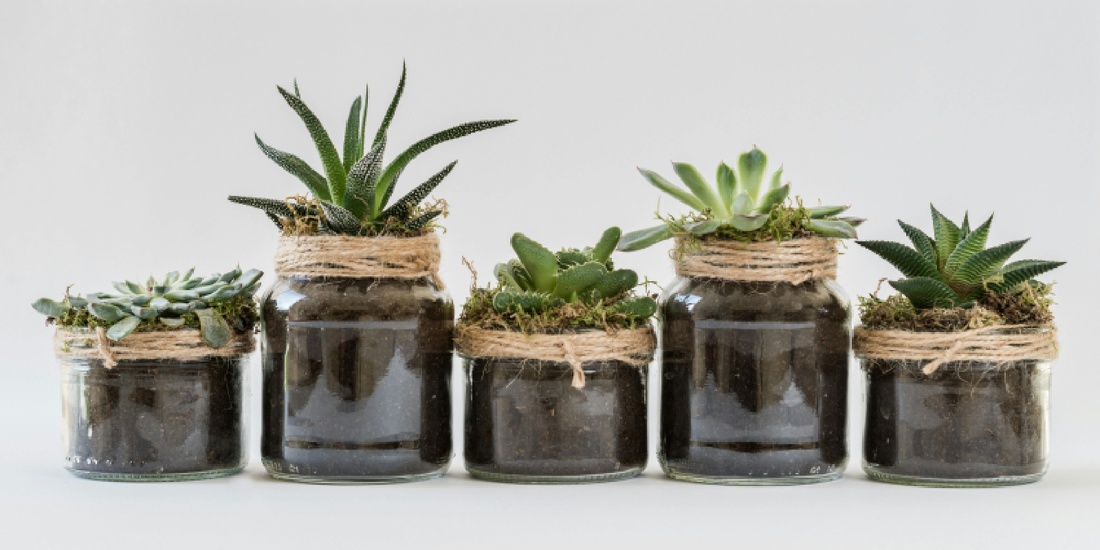
Tips for Indoor Plant Placement
Share
Creating a beautiful and thriving indoor garden isn’t only about choosing the right plants—it’s about placing them in the right spots. Proper indoor plant placement affects growth, light absorption, air circulation, and even the atmosphere of your home. By strategically positioning your plants, you can enhance both their health and your interior design.
At amoyls, we design products that bring style and function together. Our VerdantGlow S-Shaped 8-Tier Plant Shelf with Grow Lights is made for plant lovers who want to maximize their space while ensuring each plant gets the light and care it deserves. In this guide, we’ll share practical and aesthetic tips for indoor plant placement, covering everything from light and space considerations to room-by-room strategies.
1. Understanding Indoor Light and Its Impact
Light is the single most important factor in plant placement. Every plant has unique light needs:
- Low-Light Plants (snake plant, ZZ plant, pothos): These survive well in corners and bathrooms, where light is minimal.
- Medium-Light Plants (peace lilies, ferns, philodendrons): Best placed near east- or west-facing windows with filtered sunlight.
- High-Light Plants (succulents, fiddle-leaf figs, cacti): Require bright, direct sunlight from south-facing windows.
If you don’t have enough natural sunlight, grow lights become essential. The VerdantGlow shelf is equipped with integrated grow lights that mimic natural sunlight, making placement easier and more flexible. Instead of limiting plants to window areas, you can distribute them across any corner of your home.
2. Layering Plants by Height and Growth Habit
One of the biggest mistakes in plant placement is ignoring plant height. For example:
- Tall statement plants (monstera, fiddle-leaf fig): Ideal for floor corners or the bottom shelf.
- Trailing plants (ivy, pothos, string of pearls): Shine on higher tiers where they can cascade downward.
- Compact plants (succulents, herbs): Fit perfectly on eye-level shelves or tabletops.
The S-shaped design of VerdantGlow allows you to create vertical movement—tall, climbing plants on one side, trailing greenery on the other—resulting in a natural, artistic arrangement.
3. Placement by Room Function
Different rooms benefit from different plant types and placement strategies:
Living Room
- Place tall plants near sofas, TV stands, or bare corners to add vibrancy.
- Group small plants on shelves or coffee tables to create a cozy feel.
- Use the VerdantGlow stand as a green statement piece, becoming both functional furniture and decoration.
Bedroom
- Choose calming, air-purifying plants like snake plant, peace lily, or lavender.
- Position them near windows but away from drafts.
- The top tiers of the VerdantGlow stand can host these plants to purify air and promote restful sleep.
Kitchen
- Place herbs such as basil, mint, and rosemary on lower shelves for easy access while cooking.
- Use trailing plants like pothos to brighten unused wall space.
- Grow lights make it possible to keep herbs fresh year-round, even without sunny windows.
Office or Study
- Position plants near your desk to reduce stress and improve focus.
- Consider small, low-maintenance options like succulents or ZZ plants.
- Use vertical shelves like VerdantGlow as a natural room divider between workspace and relaxation zones.
4. Enhancing Interior Design with Greenery
Indoor plants don’t just clean the air—they act as living décor. Placement influences the mood of your home:
- Corners: A tall plant creates vertical balance and fills awkward empty spaces.
- Walls: Lining plants along a wall softens its hardness, adding warmth.
- Mirrors: Positioning plants near mirrors doubles the greenery effect while reflecting light.
- Entryways: A lush plant stand creates a welcoming, refreshing atmosphere.
The sleek modern finish of the amoyls VerdantGlow shelf makes it a design piece on its own, blending into modern, minimalist, or Scandinavian interiors.
5. Grouping Plants by Care Requirements
When you place plants together, consider not just their looks but also their care needs:
- Tropical plants: Prefer high humidity—group them near humidifiers or bathrooms.
- Succulents and cacti: Require dry air and minimal water—place them separately.
- Flowering plants: Often need brighter light—best positioned near top shelves with grow lights.
The VerdantGlow shelf allows grouping by tier, meaning you can create micro-environments for different plant types within one display.
6. Avoiding Common Placement Mistakes
- Too close to heat or cold sources: Don’t put plants near radiators, vents, or drafty windows.
- Overcrowding: Plants need airflow; crowding leads to pests and fungal growth.
- Blocking light: Avoid placing tall plants in front of smaller ones.
- Forgetting to rotate: Plants lean toward light; rotate every 1–2 weeks for even growth.
The open tiered design of VerdantGlow provides airflow, while its integrated grow lights prevent uneven growth.
7. Using Plants as Natural Room Dividers
Instead of walls or bulky furniture, let plants define your space. A tall, multi-tier shelf works as a natural partition:
- Separate the dining and living areas.
- Create privacy for a home office.
- Add greenery to hallways or transitional spaces.
The 8-tier VerdantGlow stand is tall enough to serve as a divider while remaining airy, keeping your space open yet defined.
8. Seasonal Plant Placement Adjustments
Plants’ needs change with seasons:
- Winter: Move plants closer to windows; days are shorter and weaker.
- Summer: Avoid harsh direct light—move plants back or use curtains.
- Year-round: Rotate placements based on plant growth and changing light patterns.
The built-in grow lights of VerdantGlow reduce seasonal stress, ensuring consistent growth even during darker months.
9. Creating Focal Points with Plant Placement
Think of plants as living artwork. Highlight them by placing stands:
- Near entryways for first impressions.
- Beside reading chairs for cozy corners.
- In dining areas to replace traditional centerpieces.
The modern S-shaped frame transforms plants into a sculptural centerpiece, creating depth and rhythm.
10. A Practical Example: Designing a Mini Indoor Jungle
Imagine this setup using the amoyls VerdantGlow shelf:
- Top tier: trailing pothos cascading downward.
- Second tier: bright succulents under direct grow light.
- Middle tiers: peace lilies and philodendrons for lush greenery.
- Lower tiers: culinary herbs like basil and rosemary for easy kitchen access.
- Bottom tier: a tall snake plant for structure.
This arrangement combines function, beauty, and ease of care—all within one vertical stand.
Conclusion: Smart Placement for Thriving Plants
Indoor plant placement is both science and art. By considering light, room function, airflow, and design, you can transform your home into a thriving green sanctuary.
The amoyls VerdantGlow S-Shaped 8-Tier Plant Shelf with Grow Lights gives you the flexibility to try different arrangements, ensuring your plants receive the right care while enhancing your home’s style.
With the right placement strategy, your plants won’t just survive—they’ll flourish, becoming a central part of your home’s atmosphere and identity.
